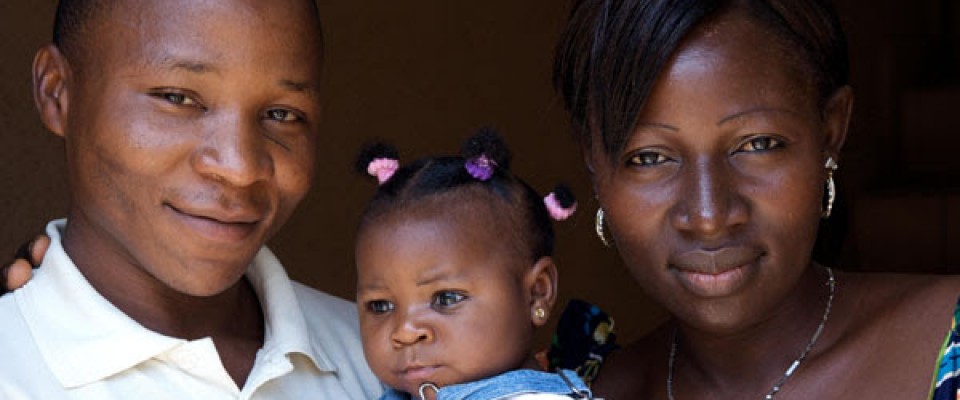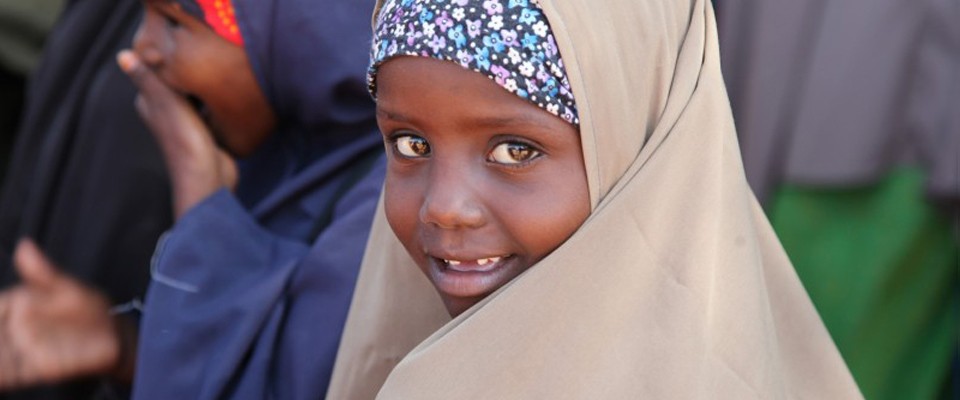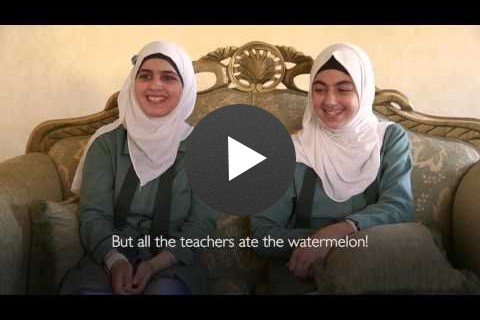- What We Do
- Agriculture and Food Security
- Democracy, Human Rights and Governance
- Economic Growth and Trade
- Education
- Ending Extreme Poverty
- Environment and Global Climate Change
- Gender Equality and Women's Empowerment
- Global Health
- Water and Sanitation
- Working in Crises and Conflict
- U.S. Global Development Lab
-

From November 25 through December 10, USAID joins the international community for #16Days of Activism against Gender-based Violence.
-
Learn More
2016 Update to the United States Strategy to Prevent and Respond to GBV Globally [PDF, 4.4MB]
-
Learn More
Just released: USAID Evaluation of Implementation of the United States Strategy to Prevent and Respond to GBV Globally
-
Learn More
Strategies to end gender-based violence (GBV) must engage men and boys.
-
Learn More
Susan was only 11 years old when her childhood was robbed by sexual violence. She is now healing with the help of a USAID-funded program.
-
Learn More
Ending Child Marriage and Meeting the Needs of Married Children.
From November 25 (International End Violence Against Women Day) through December 10 (International Human Rights Day), USAID joins the international community for 16 Days of Activism against Gender Violence.
Around the world, 246 million children experience gender‐based violence at or on their way to school every year. A report [PDF, 735K] released by the United Nations Human Rights Council noted that attacks on schools occurred in at least 70 countries between 2009‐2014, and that approximately 3,600 attacks against schools, teachers and students were recorded in 2012 alone.
And those are the numbers we know. The truth is that gender‐based violence in schools is happening in every country in the world right now. It is a global phenomenon preventing children, especially girls, persons with disabilities, the LGBTI community and other marginalized groups from accessing a safe, inclusive and quality education.
The 2016 global theme for the 16 Days Campaign is “From Peace in the Home to Peace in the World: Make Education Safe for All.” Whether it’s creating safe spaces for kids to learn and play, strengthening laws to protect them, or training teachers to give them the support they need to thrive, we’re working to ensure that girls and boys, and women and men can realize their universal human right to education. Find out how USAID is reducing gender‐based violence; child, early and forced marriage; and trafficking in persons.
What is Gender-based Violence?
Gender-based violence (GBV) is an umbrella term for any harmful threat or act directed at an individual or group based on actual or perceived biological sex, gender identity and/or expression, sexual orientation and/or lack of adherence to varying socially constructed norms around masculinity and femininity. It is rooted in structural gender inequalities, patriarchy and power imbalances. GBV is typically characterized by the use or threat of physical, psychological, sexual, economic, legal, political, social and other forms of control and/or abuse. GBV impacts individuals across the life course and has direct and indirect costs to families, communities, economies, global public health and development.
This definition is a revised, interagency definition from the 2016 Updated U.S. Strategy to Prevent and Respond to Gender-based Violence Globally [PDF, 4.4MB]. Preventing and responding to gender-based violence (GBV) is a cornerstone of the U.S. Government’s commitment to advancing human rights and promoting gender equality.
Join the Conversation
This year, USAID will spotlight success stories about programs that empower women and girls to break free from gender‐based violence. Follow these stories to learn more on Twitter, Instagram and Medium.
Learn More
Infographic: 16 Days of Activism against Gender-based Violence [PDF, 518K]
Infographic: Addressing Gender‐Based Violence [PDF, 1.2MB]
Infographic: Violence in Women's Lives [PDF, 332K]
Infographic: How Does Child, Early, and Forced Marriage Impact Your Work? [PDF, 162K]
Infographic: Learning Out of Poverty















Comment
Make a general inquiry or suggest an improvement.